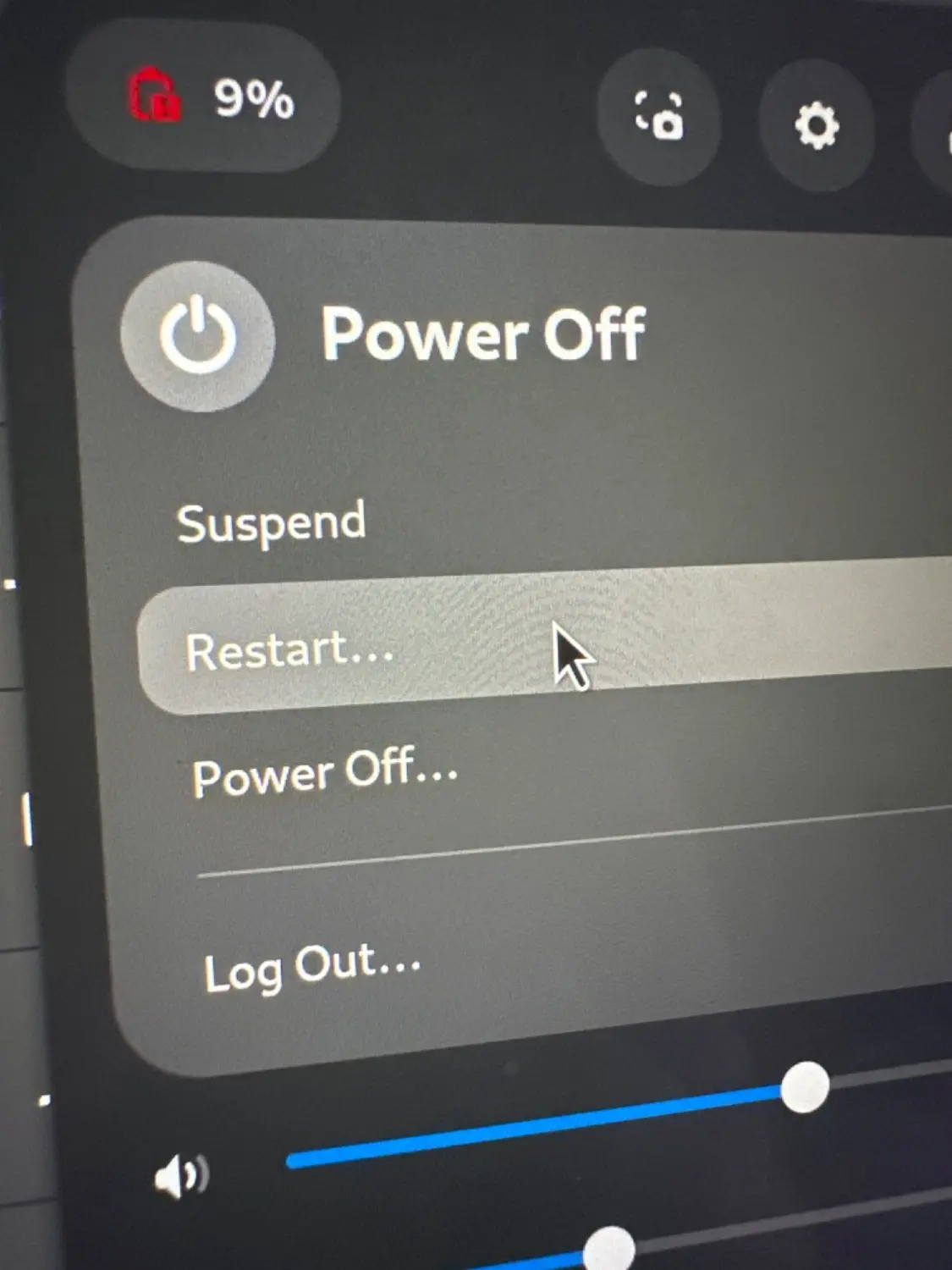Photoshop and Lightroom.
Selling copies for 200$
Spy on users
Ubuntu and DNF chuckles
“popularity contest” is an opt-in on Debian. It’s not malicious, and it’s not for financial gain, but it is in a loose sense spying.
Spying on people OOTB without them knowing*
Reboot /s
bro wtf

Linux lacks GUI configuration tools for many things, you have to edit text files often using guidance for obsolete versions of software and hope it works. Every single config file can have thousands of lines and if you wrote something wrong it will crash or start acting weirdly, very fragile design. GUI config tools mostly allow valid inputs like checkbox true/false and complain if the path isn’t valid.
Edit: to clarify, i’m exclusively using linux since 2008 and i’m not ‘afraid of editing config files’, downvoting me doesn’t fix the problem. I’m also not fond of fixing your header files for them to compile.
These things exist for windows as well but they are not accessible. Linux is a car without the plastic hood over the motor. Its not dumbed down.
Does that make it hard to see the three things a noob should touch? Yes.
But there are linux distros that take care of this so this comment isn’t correct.
SUSE is weird but their YaST was compelling enough to make them an option. Cockpit in RHEL doesn’t compare. I think that having admins edit text files is bad. The capability should be there, but it should not be mandatory. Editing files manually instead of a GUI increases the odds of a mistype trashing the system.
i could see this comment maybe a decade ago. things like Mint have made most of these complaints just echos of a different era.
Play Siege. So Linux wins again.
Flash a code plug to one of my Motorola radios.
Adobe lightroom (with its multi-device editing and catalogue management - even when only using its cloud for smart previews).
Hardware support for music. NI Maschine is a non-starter. Most other devices are, at best, a ‘hope it works’ but are most definitely unsupported.
Music software. You can hack your way into getting a lot of your paid modules to work, but it is certainly not supported.
Wine is ‘fun’(?), but it’s a game of whack-a-mole chasing windows’ tail and will never allow everything to run. Either way it’s not 'supported.
Businesses any any size tend to eschew SW/HW that doesn’t have formal support. (things like RHEL are most definitely supported as servers and orgs certainly leverage it).
I keep installing Linux hoping I can get a sufficient amount stuff to work “well enough” to move on from windows but it’s just not to be (yet). Hope it changes, but it’ll require buy-in from commercial product developers. I hope as Linux continues to grow a foothold in desktop installs, a critical mass will be reached, commercial devs take notice and it’ll be easier to switch.
For now, I’m stuck with Windows and WSL. (But I am not happy with Windows’ direction).
This commenter used “NI Maschine” as though everbody’d know what “NI” stood for…
iirc, it stands for Native Instruments, and iirc, the “Maschine” is either hardware or hardware+software.
The ONLY Linux distro which may do what theyre wanting, is UbuntuStudio.
I happen to agree that it is a damn “whack-a-mole” “game” for us in Linux, and I"ve been experiencing that since 1996 ( when only Slackware mostly-worked ),
but … if ever the spyware in MS’s products gets made illegal, then … Linux’d be the only lifeboat left?
( don’t tell me that Apple isn’t every-bit as much into privacy-molestation as the other Big Tech corpos are: they aren’t a real alternative )
_ /\ _
Make Edge the default browser on its own
Manage app startup and profile settings
- Power management on certain chips is simply better than anything Linux has to offer (AMD Zen+ mobile for instance)
- Modular driver architecture with drivers that aren’t complete jank to manage and install. A lot of people see this as a pain point, but in reality it’s not such a bad thing, especially nowadays.
- This is a given, but as lots of stuff runs on Windows (namely older games), you can only really make stuff for Windows on Windows. So if you need to develop Win32 software, you really have to use Visual Studio for proper development. Mingw cross compile exists, I know, but that’s never going to be as good.
Number 3 is keeping me on Windows. I make mods for old games and I need Visual C++. I almost got the compiler to run under Wine but who knows how it would behave if it did run.
Have the Year of the Windows Desktop.
Play call of duty, for the better or the worse.
Full screen “please wait while we get your system ready for you” narrated by Cortana, and if you disable Cortana you still have to wait the amount of time it takes for the audio to complete. Like an invoiced video game narrator with unskippable lines.
Be useful








